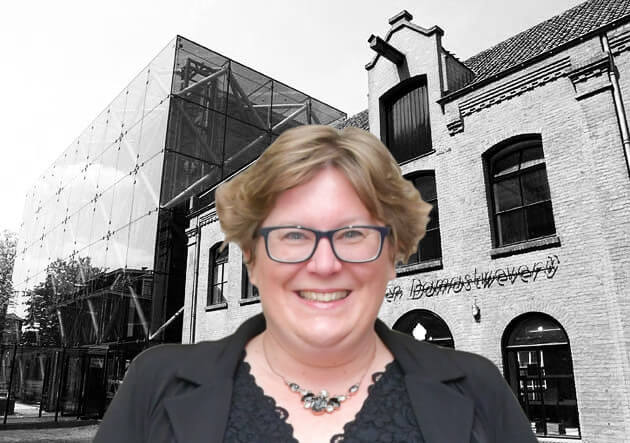
One of my favorite management books is Ray Dalio‘s book Principles. His principle of radical transparency is particularly inspiring. Not just transparent. No, radically transparent. That little word “radical” puts such an insane twist on the principle of transparency! Last week I was flipping through Dalio’s book again. Somehow I was reminded of the way we have set up our education system. Surely there must be a better – read: more inspiring – way to do this.
From goals to principles
Our education system is centered around learning objectives. We focus on what the outcome of education should be, on what you should be able to do. We focus much less, meaning not at all, on the how and why. Education apparently serves as a means to be able to do things, not to be. So it seems to be all about what you do in life, not about how you are in life.
Look at the Holy Grail in contemporary education: “21st-century skills.” The emphasis on the word skills says it all. They could also have made it a “21st-century attitude,” but chose “skills.” In accordance with these “21st-century skills,” for example, you must be able to innovate and think critically. But the basic attitude to life that feeds that ability – curiosity – does not appear in the list of “21st-century” skills. I advocate education based on principles rather than skills.

Da Vinci’s principles
For education modeled on principles, we don’t have to look far. On my bookshelf, the ideal teaching principles were chronicled in a book just half a meter away from my closet. Not among the management books, but among the books on creative thinking. As far as I am concerned, the ideal teaching principles are the Da Vinci principles, as distilled by Michael Gelb in his book How to think like Leonardo da Vinci.
The seven principles that worked in the Renaissance work just as well in the 21st century. It is my firm belief that if you think like Leonardo da Vinci in life, you will be able to find your way very well in the 21st century as well.
At the top of the list of principles is “curiosity.” Those who live life with an insatiable curiosity learn, think, discover, and grow naturally. Imagine a school designed entirely according to the core principle of “curiosity”: radical curiosity. The location, the teachers, the resources, the students, when everything revolves around curiosity then it all takes shape and color in a logical way. For example, I am more likely to envision sketchbooks in which children make mind maps of their mental journey of discovery, rather than notebooks with guidelines in which students can perfectly write the letter f.
Sensational
Da Vinci’s second principle is “Dimostrazione,” the belief that you learn by experimenting, testing your findings, and learning from your mistakes. Knowledge is not something you just acquire in Da Vinci’s world, but also something you experience. You don’t tell the other person that a mechanism works, you prove that the mechanism works (or doesn’t!) by demonstrating it.
The third principle focuses on how you perceive the world around you: “Sensazione.” In an educational system modeled on da Vinci’s principles, you will see students learning to sharpen their senses so they can experience their surroundings with great detail. Students learn to hear, taste, smell, feel, but most of all see.
“Sfumato,” da Vinci’s fourth principle, is all about embracing uncertainty. Knowing that you know nothing for sure can be very liberating. Or, as Michael Gelb describes it so beautifully in his book, “make friends with paradox” (Gelb, 2004, p. 11).
The fifth principle is “Arte/Scienza,” or developing a balance between art and science, between imagination and logic. Art and science are not two different medals; they are two sides of the same coin and both sides may be proudly worn on the chest.
“Corporalita,” the sixth principle, is all about physical awareness and the balance between body and mind.
Finally, the seventh principle: “Connessione,” or connection. This is not so much about connecting as a “skill,” but more as an attitude of life in which one can only appreciate the interconnectedness of people and things.
The three constants
A famous quote by Stephen Covey is: “There are three constants in life…change, choice, and principles.” When you shape education around principles, what you do may keep changing, but then why you do it and what you are working toward in the basics is immutable as a constancy. When those principles are similar to Leonardo da Vinci’s, then we prepare students well for a constant era of change in which they will have to make choices every day. Then it wouldn’t matter whether you are in the 15th or 21st century; you wouldn’t need any specific “21st-century skills” at all.

